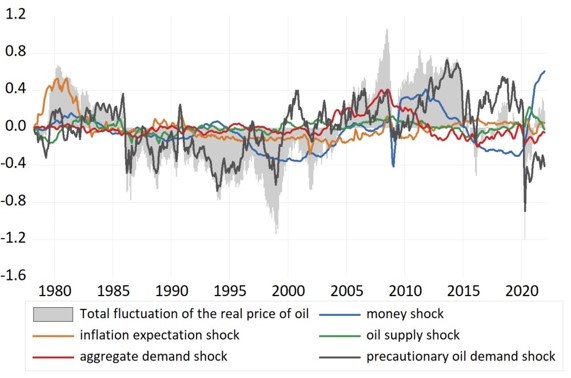Max Gillman is F. A. Hayek Professor of Economic History at the University of Missouri – St. Louis. His research includes monetary economics, energy markets, macroeconomics, growth, human capital, public finance, asset pricing, and economic development. Current research includes modelling the real short term Treasury interest rate as compared to historical data, explaining real business cycles using human capital investment and endogenous growth, finding the effect of money and inflation shocks on oil prices, and the study of inflation, money, and banking policy in historical overview. Gillman serves as Associate Editor of Economic Modelling. He was recently a senior fellow at the Corvinus Institute for Advanced Studies, previously Professor at Cardiff Business School and at Central European University, visiting scholar at the Bank of Finland and New York University, visiting professor/researcher at Central European University, University of Chicago, Loughborough University, Monash University, University of Melbourne, University of New South Wales, Federal Reserve Banks of St. Louis, Atlanta and Minneapolis.





